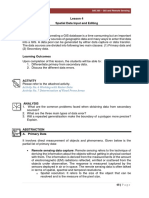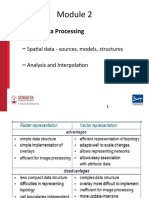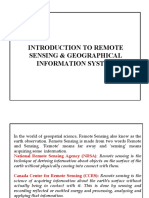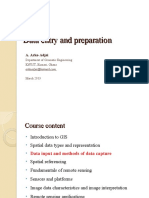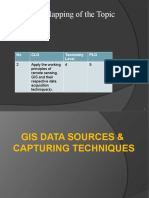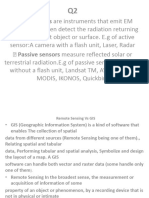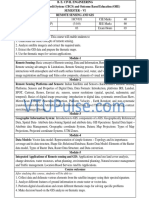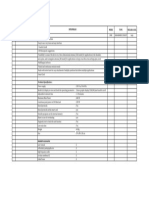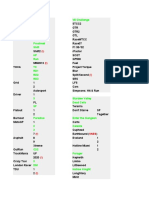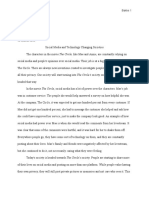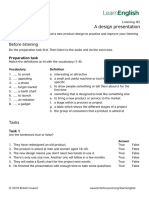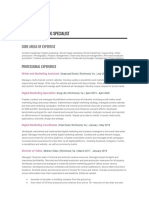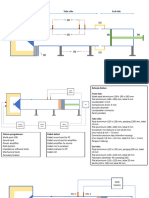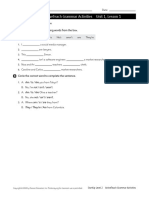0% found this document useful (0 votes)
16 views41 pagesLecture 4 - Data Sources 2024
The document discusses various data sources used in cartography and GIS, including surveying, remote sensing, photogrammetry, printed cartography, GPS, and Volunteered Geographic Information (VGI). It highlights the transition from analog to digital data, the advantages of digital data, and the importance of metadata for data interpretation and quality assurance. Additionally, it addresses the evolution of geographical data collection and the democratization of cartography through community contributions.
Uploaded by
HAMOCopyright
© © All Rights Reserved
We take content rights seriously. If you suspect this is your content, claim it here.
Available Formats
Download as PDF, TXT or read online on Scribd
0% found this document useful (0 votes)
16 views41 pagesLecture 4 - Data Sources 2024
The document discusses various data sources used in cartography and GIS, including surveying, remote sensing, photogrammetry, printed cartography, GPS, and Volunteered Geographic Information (VGI). It highlights the transition from analog to digital data, the advantages of digital data, and the importance of metadata for data interpretation and quality assurance. Additionally, it addresses the evolution of geographical data collection and the democratization of cartography through community contributions.
Uploaded by
HAMOCopyright
© © All Rights Reserved
We take content rights seriously. If you suspect this is your content, claim it here.
Available Formats
Download as PDF, TXT or read online on Scribd
/ 41




